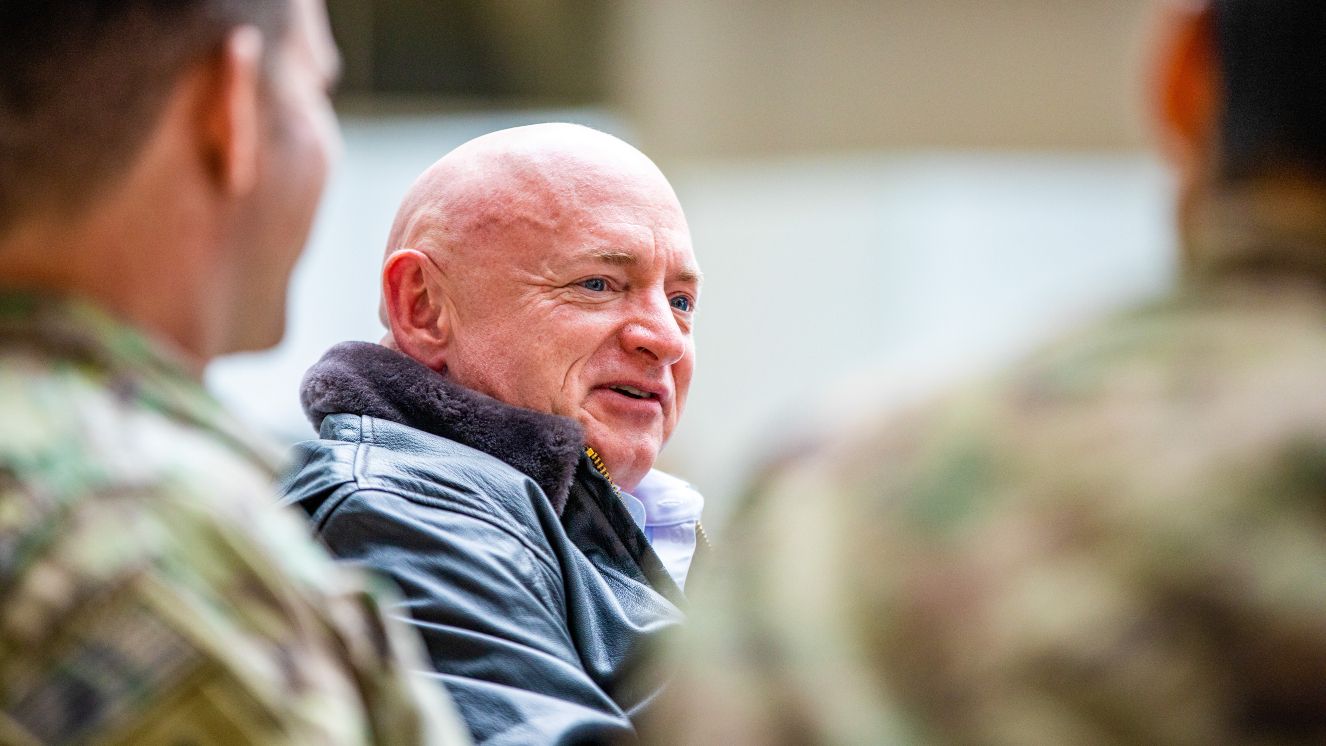MARINE CORPS DROP '2030' FROM AMBITIOUS FORCE DESIGN 2030

Force Design 2030 has redefined the Corps’ in many different ways. It led to a transformation for the Marine Corps and made it more technologically advanced, focusing on stand-in forces, littoral operation, modernization, force sizing and composition, training and international cooperation. But now, Corps’ leaders have been referring to it differently. Some don’t want to go through the hassle of saying, “2031 next year, and 2032”. Do you think the year is necessary in the name? Suggested read: Nick Hague: First Guardian Officer to Go on a Space Mission
What Is the USMC Force Design 2030 Initiative?
The Force Design 20230 is to help wars in the future like China. Therefore, the main goals for Marines Force Design 2030 is to modernize equipment, to work closer with the United States Navy, and to help better people’s talents. The design helps open doors for creativity and helps one face challenges on the field. On the horizon is a Force Design 2030 update. It is not a huge update, but something that will possibly make people question, why? Marine leaders have decided to drop the 2030 part in the name. Related read: BETA Technologies Is Working With the USAF to Deliver an Electric Fleet
Why Are They Dropping 2030?
There has been a lot of Force Design 2030 criticism in the air about having “2030” present in the name. However, most Corp leaders just say “Force Design” because they don’t want to add the next year and the following year. Some think it makes it sound like there is an endpoint. The original name is still in use on many websites, except for the Marine Corps website that no longer includes the “2030.”
The Meaning Behind “Force Design 2030”
“2030” refers to the plan that is to take place over the next 10 years, which is preparing for a naval war against China. However, Commandant Gen. Eric Smith explained that he prefers to just refer to the initiative as “Force Design'' stating, “I just say ‘Force Design’ because I don’t want to say 2031 next year, and 2032.” This is in part due to the Fleet Marine Force constantly being modernized through experimentation and the implementation of new exercises.Commandant Gen. Eric Smith also feels like this new name choice is the right direction for the Marines going forward stating, “...the moniker ‘2030′ makes it sound like there’s an end point, and no longer uses it for the three original pillars of our modernization.”
Challenges With Force Design 2030 Continue
Challenges always come with a new idea or design. Some of the challenges that come with the US Marine Corps Force Design 2030 initiative are Navy acquisition priorities, costs for thirty-five new ships, US Army landing craft capabilities, and joint force acquisition priorities. Joint force strategy is something that the US military services are struggling to grapple with. Thus, the issues that are being raised should have close examination due to how serious this design is. While the 2030 moniker is slowly being removed from other Marine initiatives, one remains untouched, the “Barracks 2030” initiative. For now, civilians are refurbishing the barracks. Ultimately, they are looking towards long-term changes that will improve living conditions for junior enlisted Marines.Read next: Paratroopers Airlifted a Toyota Land Cruiser From Kabul to Fort Liberty
BY JAMIE LUSTIG
Military News & Career Writer at VeteranLife
Jamie Lustig is a Contributing Writer at VeteranLife.com.
Expertise
Jamie Lustig is a Contributing Writer at VeteranLife.com.



